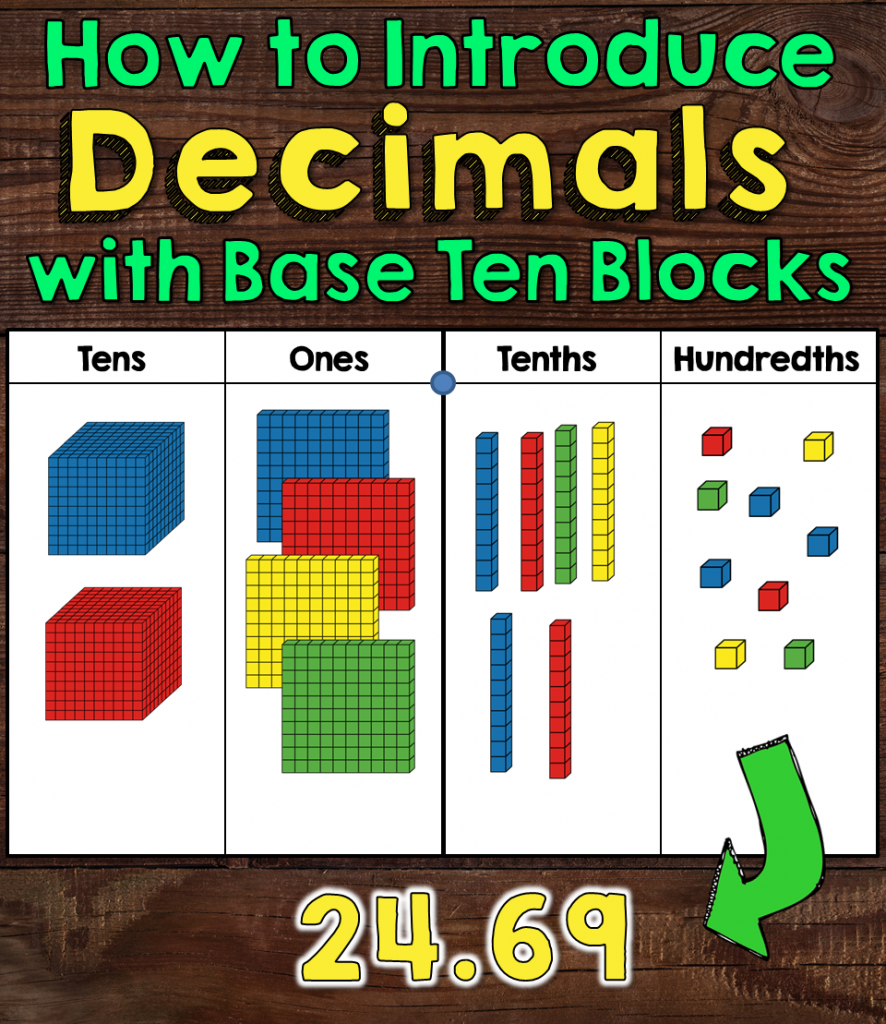What a year. I'm so proud of all our students. We accomplished a lot this year. I'm excited for their futures, and what they will accomplish with their lives as they grow. Thank you, parents, for entrusting your children to us.
This last week was a haze. Everyone is super excited for summer and wired, but we still managed to get some learning done!
Our spelling bee was a huge success. Our class winners in grades 3 and 4 all competed against the other grade 3-4 class winners. One of our students, Maham, managed to win both the grade 3 and then the grade 4 spelling bee! Congratulations Maham for some grate speling!
In math, we worked on probability, among other things. We looked at Pascal's triangle (below). Given about 3 of the first rows, the kids had to try and figure out the rest of the pattern. Link: Pascal's Triangle
Once accomplished, we looked for patterns within the patterns. We used this triangle as a launch pad into probability. We then looked at a quincunx, or Galton Board. I had the students guess how the balls would end up at the bottom. They all agreed it was random, and so there should be an equal distribution. It was probable all would be flat at the end. We then ran the machine and watched as it turned out the exact opposite. Try it yourself: Quincunx App. Play with the numbers and see what happens.
via GIPHY
Then we took 2 dice, broke into groups, and each group rolled their dice 100 times, recording the sums of the two dice. We then graphed the info. Like the quincunx, we ended up with, generally speaking, a pretty Normal Distribution pattern.
We then looked at why it turned out this way. The kids figured out pretty quickly there were way fewer chances of rolling a 2 (need a 1 and a 1), but more chances at an 8 (6 + 2, 2 + 6, 4 + 4, 4 + 4, 5 + 3, 3 + 5). We looked at a few games, like Plinko on The Price is Right, and discussed the chances of winning.
In literacy, we wrote a letter to next year's teacher. It was a chance for the kids to think back on what they've learned this year, what excited them, and what they want to challenge themselves with next year.
Two days to go and then a big party on Wednesday!





















































